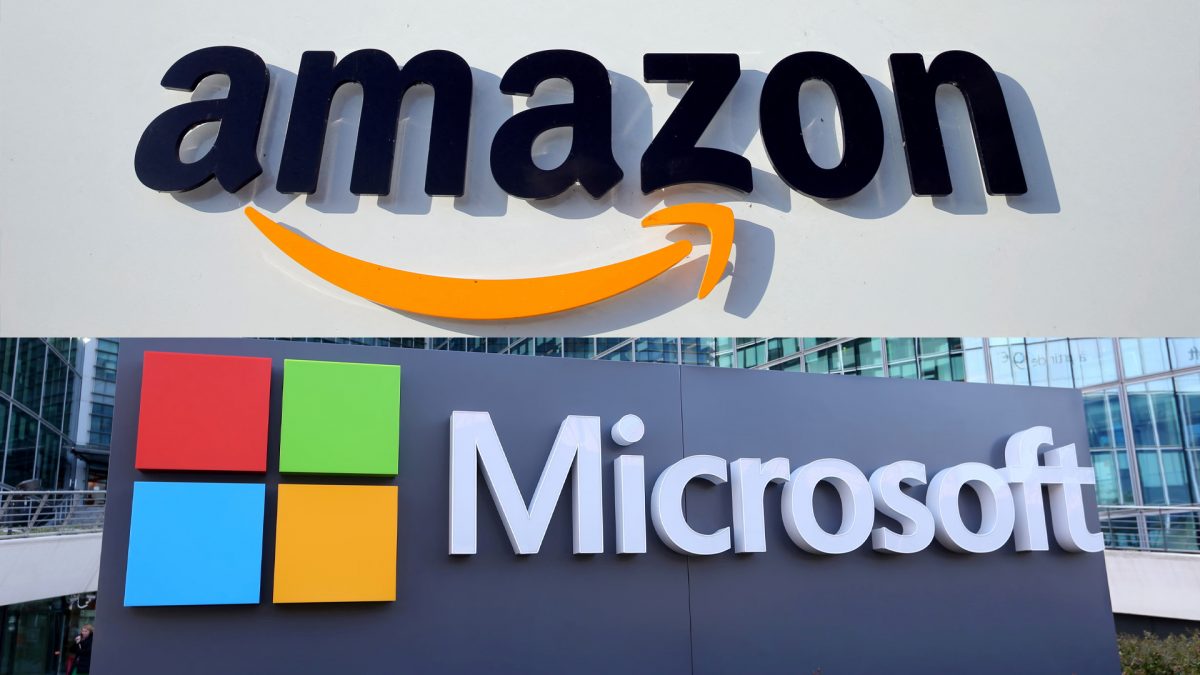Amazon and Microsoft are warning of capacity issues in their cloud services as demand for AI continues to surge. Despite Amazon’s plans to invest nearly $100 billion in cloud infrastructure this year, CEO Andy Jassy has cautioned that delays in accessing hardware and power constraints may hinder growth. Microsoft is facing similar challenges, having reported that a shortage of data centres affected its cloud sales growth.
Jassy revealed during Amazon’s fourth-quarter earnings call that the supply of chips, including those developed in-house, is slowing AWS’s ability to expand its data centres. These infrastructure constraints are expected to ease only by the latter half of 2025. While AWS reported strong revenue growth of 19 per cent to $28.8 billion for the quarter, it was the third consecutive period of steady, rather than accelerated, growth—raising concerns about scalability in the face of soaring AI demand.
Cloud giants struggle under AI boom
Amazon has positioned AWS as a leader in AI services, with significant investments in data centres and cloud technology. Over $26 billion was spent on AI-related projects in the last quarter of 2024, a trend Jassy indicated would continue in 2025. However, analysts like Sky Canaves from Emarketer noted that Amazon’s ability to grow faster is limited by capacity constraints, a problem that is also plaguing Google and Microsoft.
Microsoft recently reported that it struggled to meet AI demand due to insufficient data centre capacity. Both companies are racing to expand their infrastructure to support AI-driven cloud services, which have become critical for businesses of all sizes. However, scaling up quickly enough to handle demand remains a significant challenge, particularly with delays in chip supply and power access.
Earnings overshadowed by growth challenges
Amazon’s holiday quarter results were generally positive, with a 10 per cent increase in total revenue to $187.8 billion and operating profit reaching $21.2 billion, well above expectations. However, rising expenses—up 6.2 per cent to $166.6 billion—highlight the growing cost of maintaining and expanding cloud infrastructure.
Despite these strong results, Amazon’s stock dipped by 4 per cent in extended trading as investors focused on lower-than-expected first-quarter guidance. The company projected operating income of $14 billion to $18 billion, below the $18.2 billion analysts had forecast. First-quarter sales are expected to reach as much as $155.5 billion, falling short of estimates, partly due to currency headwinds and the absence of an extra leap year day that had boosted 2024 sales by $1.5 billion.
AI expansion puts pressure on profitability
The ongoing AI boom presents both opportunities and challenges for cloud providers. While companies like Amazon and Microsoft continue to invest heavily in AI capabilities, the infrastructure required to support this growth is straining their resources. The pressure to meet demand without compromising profitability is a balancing act that will define the next phase of competition in cloud services.
For now, Amazon and Microsoft are focused on addressing capacity constraints to maintain their dominance in AI-driven cloud services. How quickly they can scale up infrastructure will likely determine their ability to capitalise on the surging demand for AI in the coming years.


)

)
)
)
)
)
)
)
)



